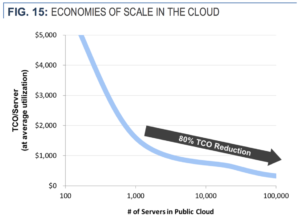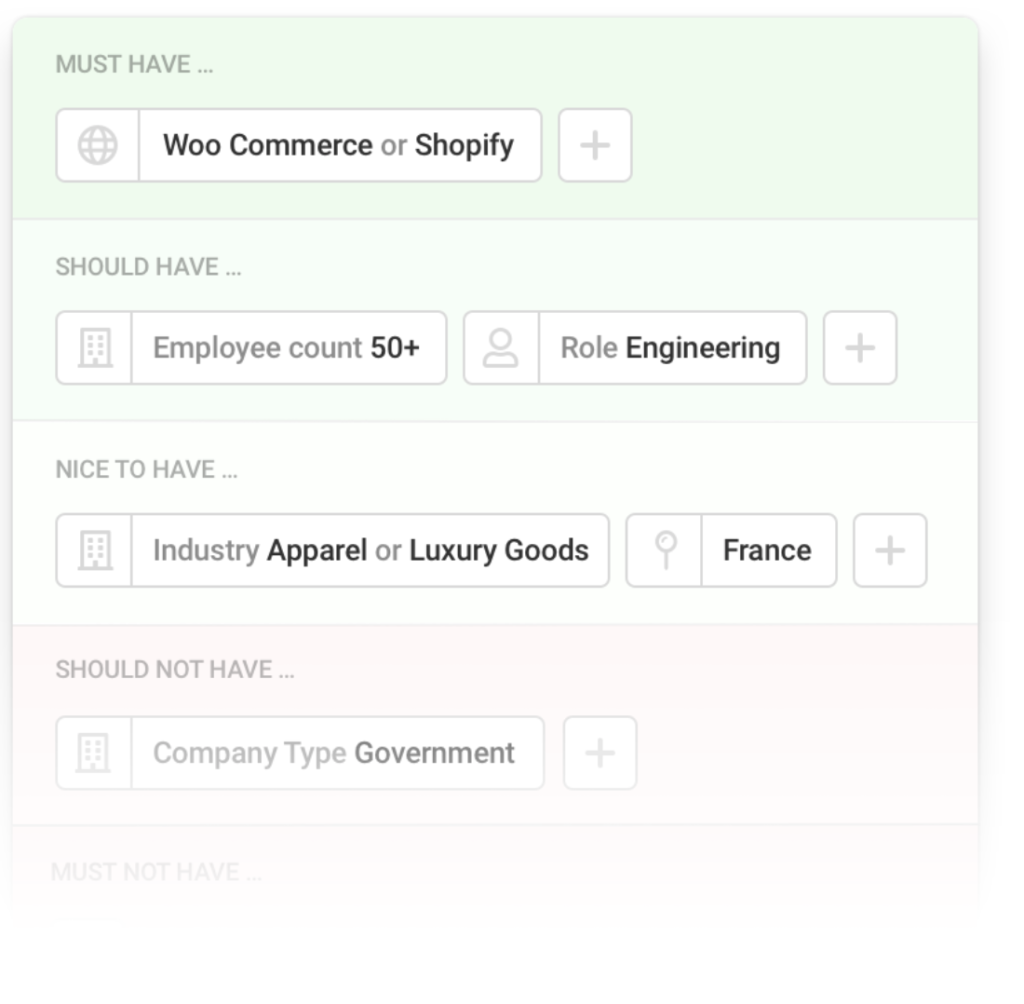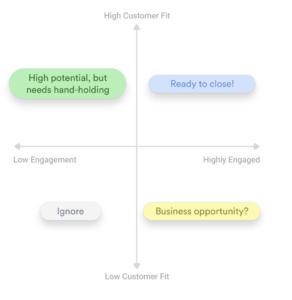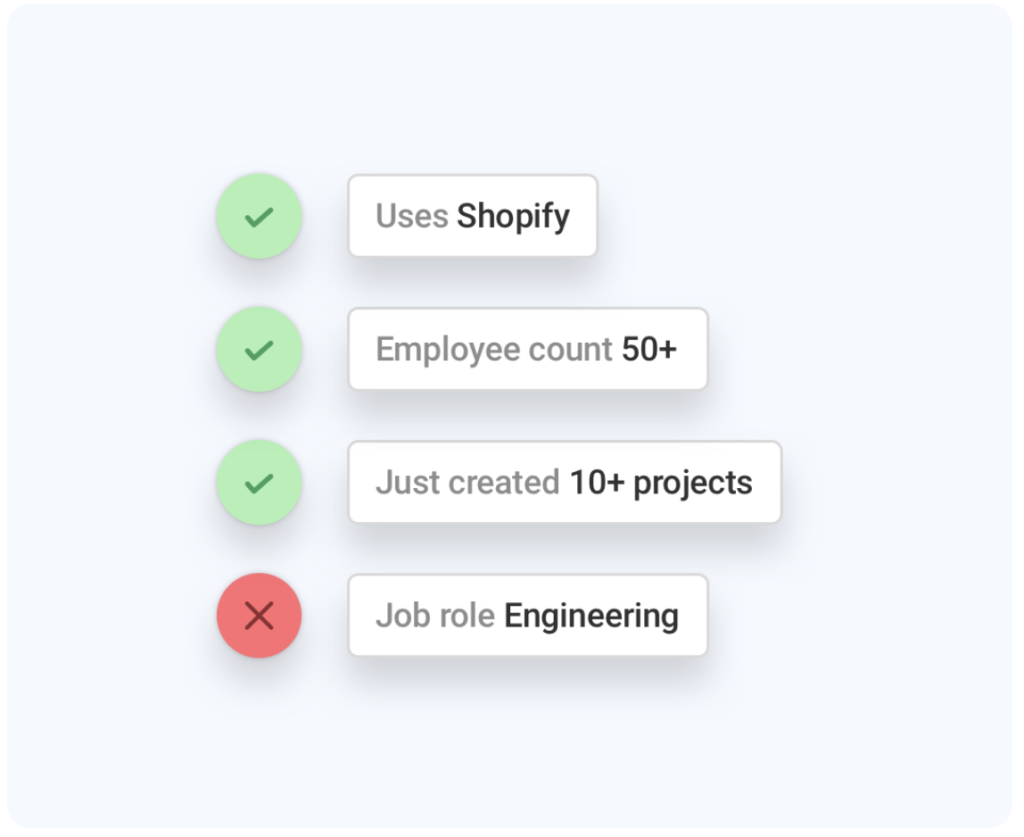This is a guest post by Moritz Dausinger, Founder and CEO of Refiner.io, a lead qualification tool helping B2B SaaS companies with a self-service model to go upmarket by identifying their high-value opportunities on autopilot.
Phil Libin, the CEO of Evernote, famously said: “The easiest way to get 1 million people paying is to get 1 billion people using.”
He’s right, of course. That said, if you’ve ever tried converting freemium or free trial users and go upmarket, you know that his words hide an incredible challenge too.
(If you don’t, you’ll learn all about it from this article.)
The freemium and free trial models have become a norm among SaaS brands and to no surprise. In the software world, having more users do not necessarily mean aggravated service delivery costs. Quite the opposite.

(Image source – Microsoft)
Adding more non-paying users does not cost you much. Yet having them using the product (and spreading the word about it) gives you the opportunity to increase the paying customer base.
Which is where the challenge I mentioned above lies exactly:
How do you identify the best sales opportunities among all those leads?
Going Upmarket – Typical Process and Challenges
At some point, most self-service companies decide to go upmarket. They want to ramp up growth, and continuing to convert the usual low-ticket freemium account doesn’t provide it fast enough.
So, the company hires the first salespeople and sets them off to close high-value deals.
Unfortunately, this is where problems begin.
I’ve had many experiences with companies in such a situation. So, let me tell you about those problems.
Companies often have no clear lead qualification process to identify high-value leads, where a high-touch approach makes sense.
Their salespeople, as a result, often end up running around in circles, not knowing whom to go after.
Some define their own lead qualification criteria. Others go by the gut feeling when prospecting.
I’m sure you can see how neither of those approaches could deliver meaningful results.
But that’s not all.
In many companies, sales teams do not get access to the database of trial and freemium users.
As a result, reps have to build lists of leads and close deals off those while having the hottest leads (people using the product already) right in front of them.
Needless to say, problems like the above lead to burnout or missing out on critical opportunities.
Unfortunately, these aren’t the only challenges you face when going upmarket.
Another Issue – Lead Quality
Many self-service SaaS companies complain about lead quality.
I hear about it from them all the time. Many companies signing up for Refiner tell me about the drastic difference in lead quality between different inbound sources.
All agree that demo requests generate highly qualified leads, typically. It makes sense if you think about it. Requesting a demo signals a clearly defined need, and a desire to invest in a product, after all.
Sales inquiries through a contact form on the site, for instance, deliver good quality leads also.
Once again, this comes as no surprise. Inquiring directly requires an intent to buy.
Trial signups or freemium users, on the other hand, attract mixed quality leads.
I attribute much of that to a relatively low barrier to sign up. Since, most likely, a person needs to sign up with their name and email only, the risk of doing so is minimal. Heck, they don’t even have to use the business address to do so.
As a result, a company would, typically, receive at least some percentage of low-quality freemium or free trial signups.
Unfortunately, it’s up to the inside salespeople to identify and qualify leads worth processing. This means, typically:
- Having to deal with too many leads and confusion as to whom to reach out to, actually.
- Lack of clarity as to what message to use and when to contact those leads.
- Inability to plan a sales strategy that would generate a higher return of closed deals, and similarly,
- Inability to measure lead quality and improve the lead generation process.
Luckily, there’s a solution:
Developing an automated lead qualification process for the freemium and free trial leads to help reps focus on high-value tasks.
I’ve talked a lot about freemium and free trial models so far. But I deliberately kept the most critical insight for now.
The easiest way to go upmarket is by focusing your sales efforts on the leads who use your product already.
Think about it; all those people have been using your product already. By now, they’ve realized the value it delivers and, most likely, have seen some success with it.
In short, your product has been helping them already.
Some of them, however, your product qualified leads (PQLs,) could gain even more from it if only they’ve used the premium features.
The trick to going upmarket and making your inside sales work is to
- identify who those people are,
- prioritize them for your salespeople, and
- know how to start relevant conversations with them (and when.)
Something you can achieve by setting up a lead qualification process.
How self-service SaaS can leverage the PQL methodology
Unlike other businesses, SaaS companies have access to an incredible amount of information about their leads.
You have what we call the explicit data – information the person has shared with you when signing up. Typically, this includes their name, email, perhaps the business name and a phone number too.
Then, there’s the implicit data that you can acquire from the explicit information by enhancing the lead profile.
And you have the behavioral data you collect by measuring and monitoring how the person is interacting with your product. Factors like the number of sessions in a given timeframe, their frequency and length can reveal a lot about their engagement with the product.
Combining all of it together to create a PQL profile is a real game-changer for your sales.
First of all, with a lead qualification process, you identify who your PQLs are.
As a result, reps can prioritize processing those people, rather than any other leads.
But also, having behavioral data helps you define when someone is ready to talk to you (based on their product usage,) and how to start a conversation with them (based on various usage and demographic factors.)
Here’s how to do it.
Creating a Simple Lead Qualification Process
Step 1. Define how does someone you want to talk to looks like
Using demographic data, describe your ideal client. Define their personal and company characteristics and more. But include the negatives too. They will help you eliminate potential accounts that match many ideal factors yet do not promise a business opportunity easier.

A quick tip: Create multiple target customer profiles. Often there is not just one ideal customer; rather you’ll have different profiles, for example, “US-based SME,” “EU enterprise,” etc.
Step 2. Describe how product activated leads look like
Next, using behavioral data, define what set of behaviors suggest that a particular user has reached the activation point, understands the value of your product clearly but does not use it to its fullest potential.

Step 3. Combine these two to find your hottest PQLs
This is the trickiest part of the process, I admit. Well, if you’re doing it manually, of course.
Because, you have to combine both data – demographic and behavioral – to define what your hottest PQL looks like, and then, evaluate each freemium or trial user against this profile.
In the most straightforward option, the profile would look like this:

Having said that, your lead qualification profile could easily include tens or more characteristics.
The good news is that once you implement it, using the profile to identify the hottest PQLs will become relatively easy.
Step 4. Iterate and refine
No PQL profile is final. Your product changes, after all. Your target audience today, most likely, differs from the people you’ve been trying to attract a year ago or so. That’s why you should never treat the PQL profile as a final one. Rather, continuously refine it to ensure that you uncover the best sales opportunities today, and the leads you’d like to speak to tomorrow.





